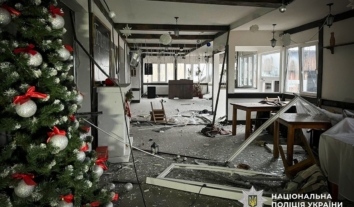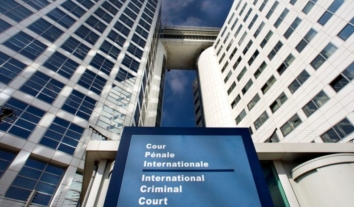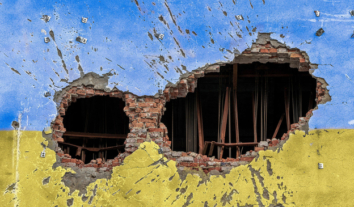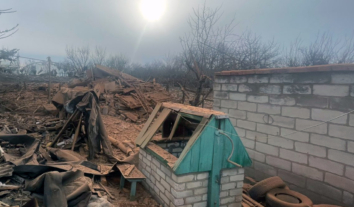Russians attack Mykolaiv with drones and kill five civilians
According to Vitalii Kim, head of the Mykolaiv Oblast Military Administration, Oleksandr Sienkevych, the Mykolaiv mayor and the State Emergency Service of Ukraine, a Russian attack in Mykolaiv has resulted in fires breaking out in residential buildings, leading to the deaths of five people and injuries to one woman.
Kim reported that emergency services responded to the fires in residential buildings across the city. The National Police of Ukraine later specified that the victims included four residents of the same house (three women and a man) and a resident of an apartment building.
In the morning, Kim had reported that the Russians had attacked Mykolaiv using Shahed-131/136 drones. The fires that broke out in both a high-rise building and a house were quickly extinguished.
Moreover, Russian army personnel launched three airstrikes on the city of Zaporizhzhia on the night of November 10-11, killing a man and injuring at least 21 people, including children.
The blast wave from the attack partially destroyed a two-storey residential building and damaged a student accommodation building and a car dealership.
It has already been established that the Russian Federation uses temporarily occupied Crimea as a military foothold for its aggression from the south of Ukraine, shelling Ukrainian cities from the peninsula. Ukrainian authorities have repeatedly stated the importance of de-occupying the Crimean Peninsula.
In a separate attack on November 11, Ivan Fedorov, head of the Zaporizhzhia Oblast Military Administration, reported that Russian forces targeted a civilian car with a drone in the village of Prymorske, Vasylivka district. The attack injured two residents: a 71-year-old woman and a 30-year-old man, who were subsequently hospitalised.
Russia deployed more than 2,000 drones against Ukraine in October 2024, with Defence Intelligence of Ukraine (DIU) revealing that about half were decoys or fake targets designed to overwhelm Ukrainian air defenses.
The Parodiia (Parody) decoy drones lack strike capabilities and are significantly smaller and less expensive than the Shahed-136/Geran-2 drones Russia uses in airstrikes on Ukraine. However, their Luneberg lens construction makes them appear as larger attack drones to Ukrainian radar systems. DIU emphasised that Russia cannot produce even these decoy drones independently due to the specialised lens technology.
Analysis shows the Parodiia’s flight controller module relies on components manufactured by firms from China (Ebyte, Jiashan Jinchang Electron and Yangzhou Yangjie Electronic Technology), the USA (Texas Instruments, Cypress Semiconductor and InvenSense), Switzerland (STMicroelectronics) and Taiwan (SONiX Technology).
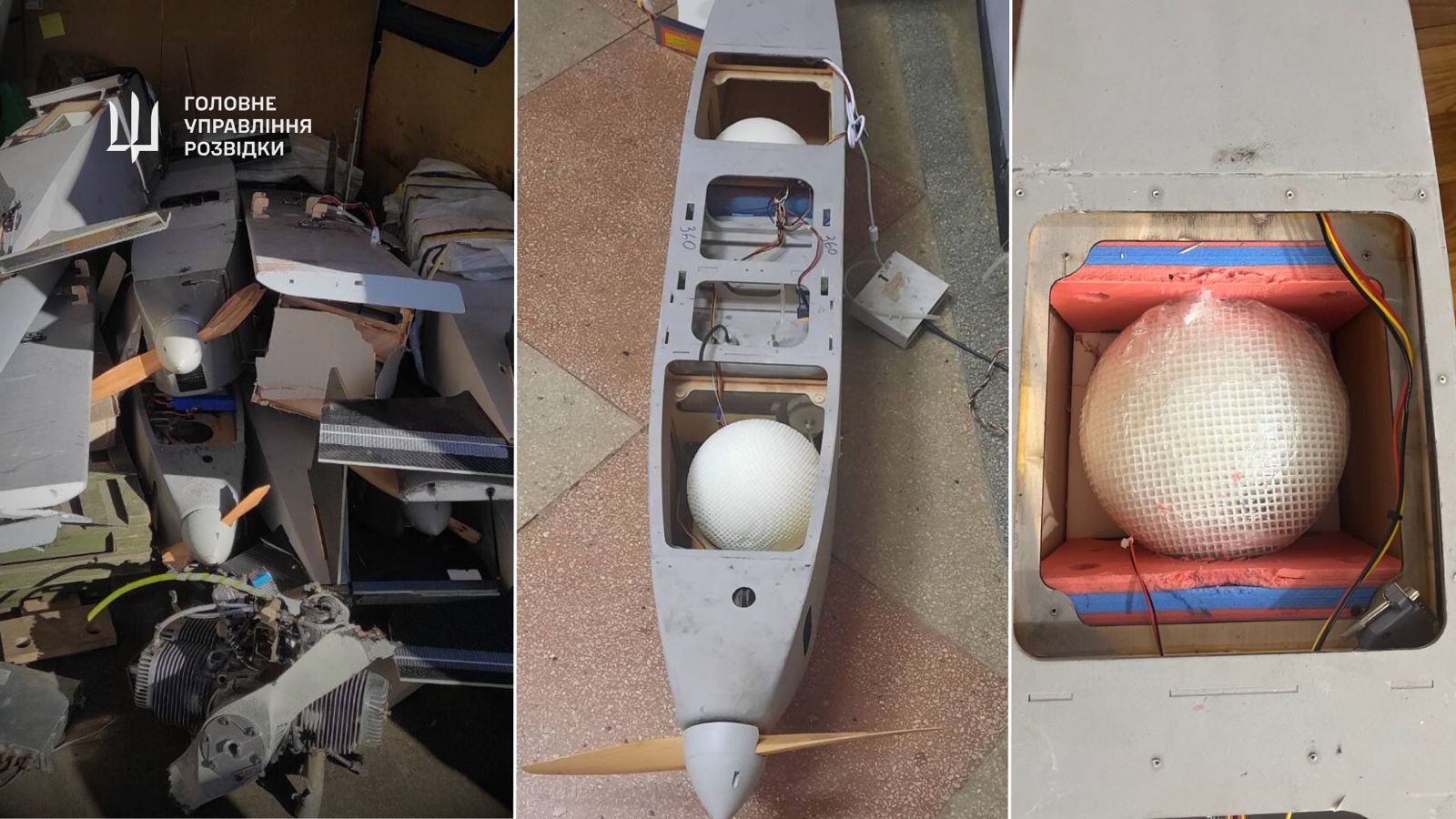
Earlier in October, Yurii Ihnat, who serves as acting head of Communications for the Ukrainian Armed Forces’ Air Force Command, reported that Russia had begun deploying a new type of drone alongside Shahed models. These new drones frequently fall victim to Ukrainian electronic warfare systems and crash harmlessly.


